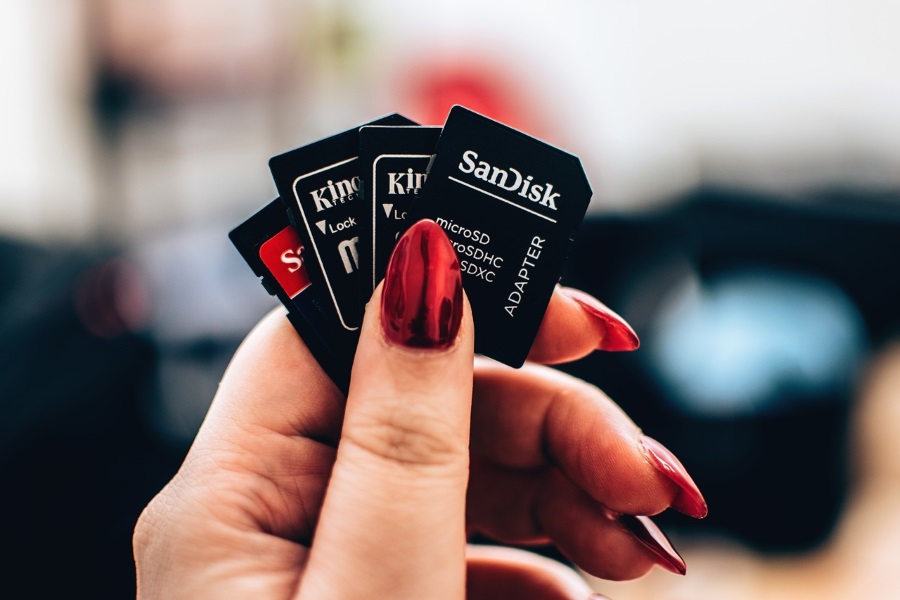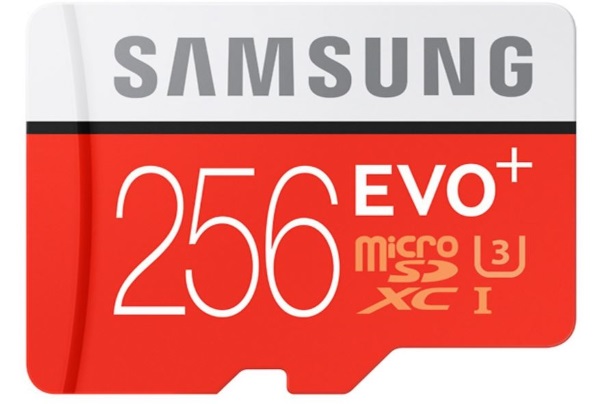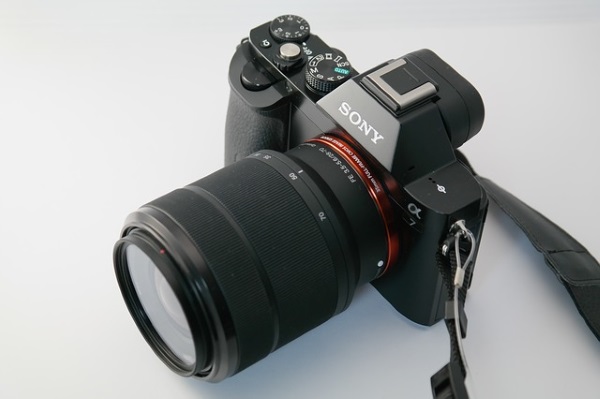What is the Largest MicroSD Card you Can Buy?

It’s time to answer another TechJunkie question. This time, an email asking ‘What is the largest Micro SD card you can buy and how do I choose a good one?’ As always, I am only too happy to help!
MicroSD cards are cheap, easy to manufacture, have no moving parts and are tiny. That makes them easily compatible with many devices including phones, cameras, tablets, laptops, action cameras and other devices. As always when it comes to technology, buying something is never as simple as it should be.
First, let us answer the original question. What is the largest MicroSD card you can buy?

High capacity MicroSD cards
At the time of writing, (August 2017), the largest capacity MicroSD card available is 256GB. That is a significant amount of storage for something no larger than a fingernail!
First a quick clarification. MicroSD is an older version of the standard that topped out at 2GB of storage. This current generation are technically MicroSDXC cards, but everyone still calls them MicroSD. It is this XC generation that is stretching the limit of storage right now.
256GB MicroSD cards aren’t cheap though. A Samsung EVO+ 256GB currently costs $142.99 on Amazon. There are cheaper alternatives but I’ll get to that in a little while. This capacity is likely to grow as miniaturization improves. A standard SD card has recently topped the 1TB mark so there is no reason to think MicroSD won’t get there at some point.

MicroSD card buying guide
The second part of the reader question was about selecting a good MicroSD card. Buying one isn’t as easy as it should be as there are different classes of card and different devices are only compatible with certain cards.
Check the device
Before you buy a MicroSD card, check the specifications of the device you want to use it with. Some will have limitations on capacity, class and even manufacturer. There is no point spending $143 on a 256GB MicroSD card if your device can only handle up to 128GB.
Your device manual should tell you exactly what type and even brand of MicroSD card to buy. Some devices are very picky while others not so much. I use an HD action cam for cycling that only accepts a certain model card from a single manufacturer. Having tested various cards, I can attest that some devices really can be that picky!
Buy a brand
There are very few times I would ever suggest sticking to a brand name but this is one of them. Unbranded MicroSD card are usually slower and less reliable than branded ones. Numerous tests have been performed on cheap, unbranded memory cards and they always fall behind branded ones in terms of speed and reliability. Spend a little extra here.
Watch for fakes too. Certain sources such as Amazon and eBay have sellers offering fake cards. Watch who you are buying from and buy a named brand from a reputable source. Reliable brands include Toshiba, Samsung, SanDisk, Lexar, Kingston and Verbatim. There are others, just check reviews first.
Get the right format
There are currently three formats for MicroSD cards. SD, SDHC and SDXC. Each format is slightly different and not backwards compatible. Make sure to get the right card in the right format otherwise it won’t work.
Get the right speed class
To make life even more confusing, there are four speed classes of MicroSD cards. Speed Class 2 transfers a minimum write of 2Mbps. Class 4 a minimum write of 4Mbps. Class 6 a minimum write of 6Mbps and Class 10 a minimum write of 10Mbps. Slower classes are fine for stills cameras but may be too slow for video. If you shoot 4K, you need a Class 10 card.
Then there is the UHS speed class which is the minimum write speed of a UHS-1 and UHS-II compatible card. U1 is a minimum write of 10Mbps and U3 is a minimum write of 30Mbps. This is less important than the class above but may be a factor in video.
As a general rule when buying MicroSD cards, buy quality buy once. Check the manual and purchase the right card for the device and for the job. If you just need extra storage, any speed class will likely work. If you’re using it in your phone to play games or shoot HD video, the faster the better. When you get to HD or 4K video, Class 10 is the only way to go.
Got any other buying advice for MicroSD cards? Tell us about it below if you do!
















